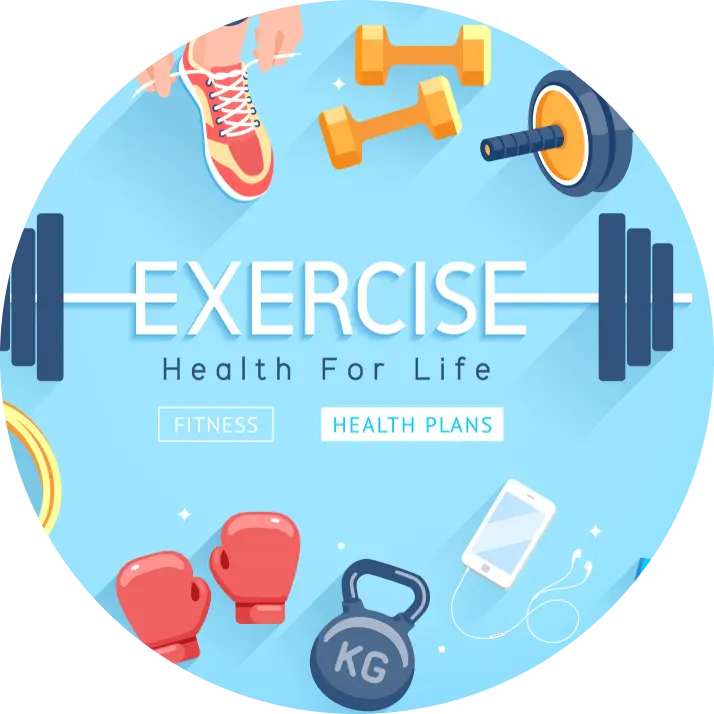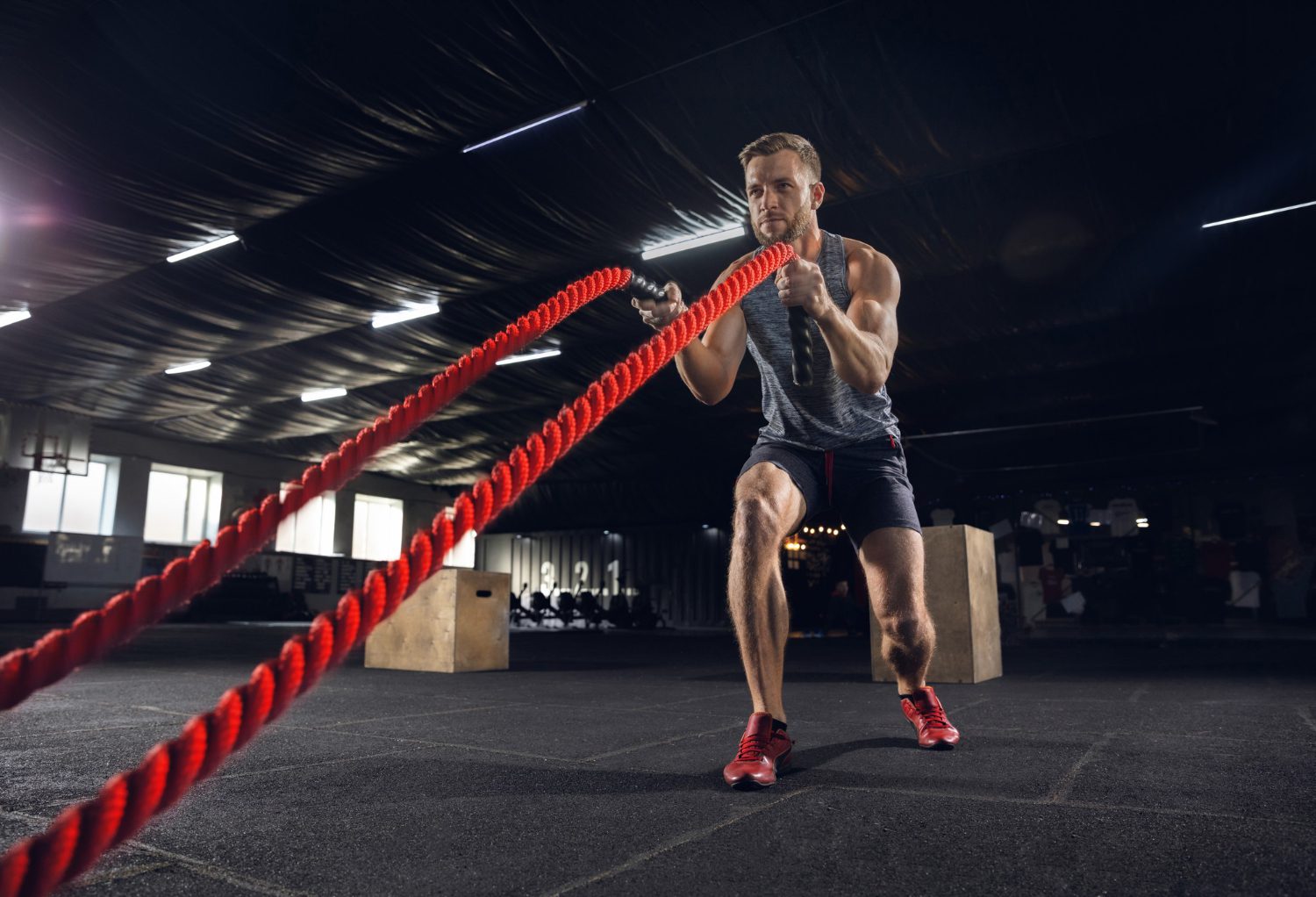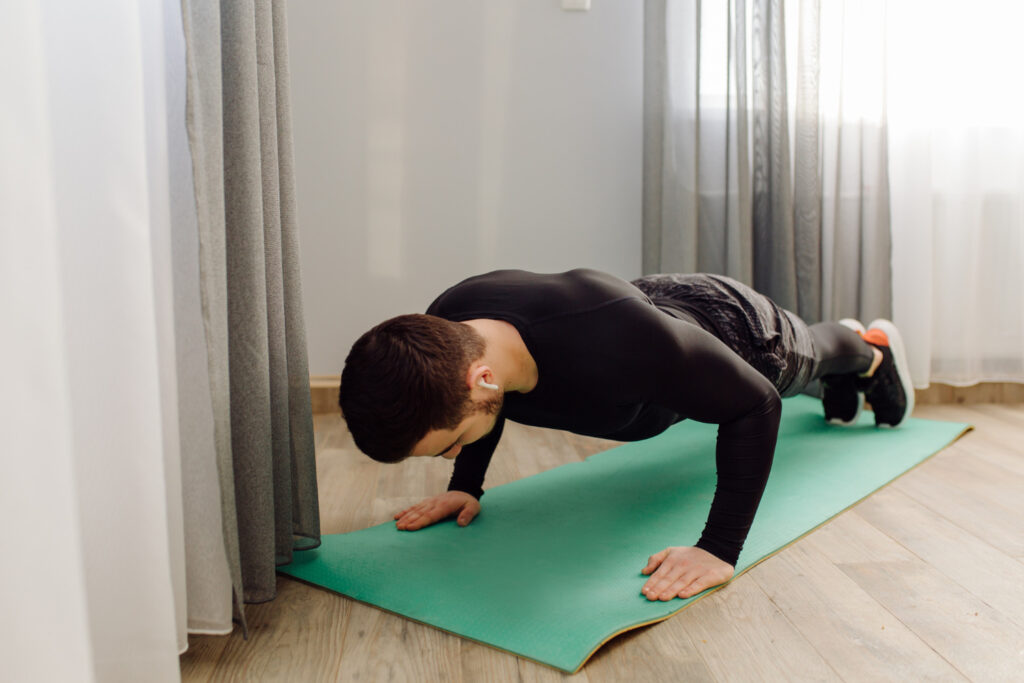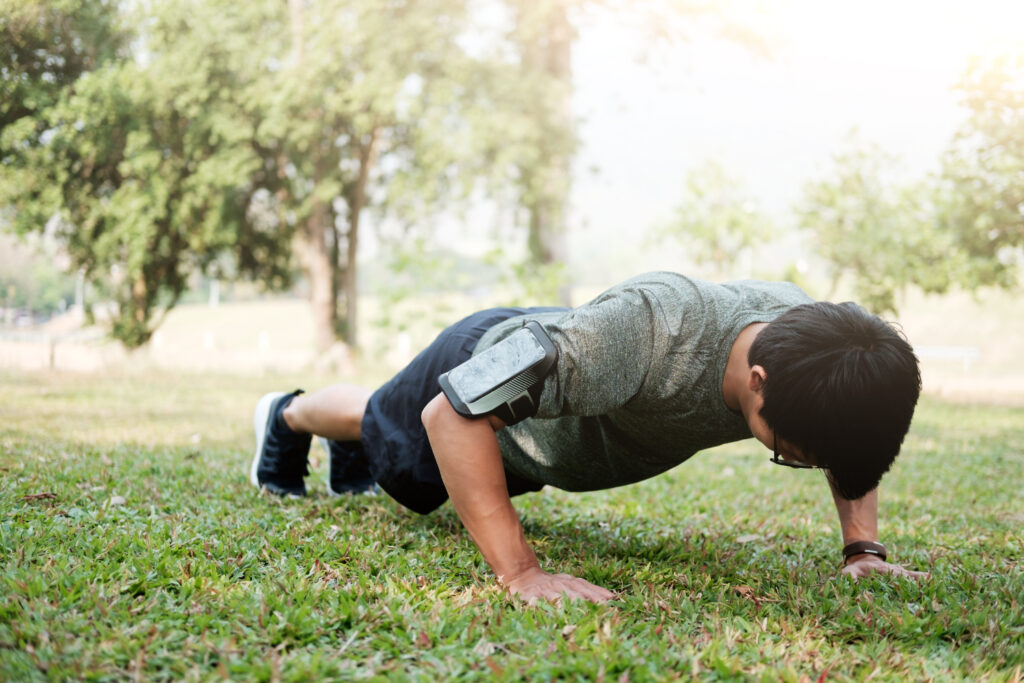Losing fat and gaining muscle has always been the Holy Grail of the fitness world, but is it possible to do it simultaneously through aerobic and anaerobic training? In this article we tell you the truth about this and explain how to combine both types of training to lose fat or gain muscle mass.
Is it possible to lose fat and gain muscle at the same time?
Although it is true that metabolism is a continuous superposition of catabolic and anabolic processes, it is not possible to talk about fat loss and muscle mass gain as it is usually understood.
To gain muscle mass we must create a caloric surplus and to lose fat, a deficit. As we can see, this conflicts with the possibility of carrying out both processes at the same time regardless of whether we perform aerobic or anaerobic exercise.
The only scenario in which it would be possible to gain muscle mass and lose fat at the same time is in people who are overweight or obese, with great insulin resistance and who do not have any experience in strength training.

The only scenario in which it would be possible to carry out these processes simultaneously is in people who are overweight or obese, with great insulin resistance and who do not have any experience in strength training. Even in a caloric deficit, these people could lose fat and gain some muscle mass by improving the contractile function and insulin sensitivity of the muscle.
There is also the possibility of carrying out a body recomposition through a diet with calorie and carbohydrate cycling , that is, something intermediate between a volume phase and a definition phase. The problem is that it is a very long, strict and expensive process and you do not really lose fat and gain muscle at the same time since the diet is oriented towards one objective or another where muscle gain or fat loss prevails but not both.
How can I combine aerobic and anaerobic exercise?
The combination of both types of efforts is called concurrent training. Sports like CrossFit that combine strength and endurance are the best example of this type of training. However, it should be noted that programming concurrent training that does not interfere with strength and resistance adaptations is a whole science.
If we have sufficient availability, the ideal is to separate the aerobic and anaerobic sessions on different days to reduce the interference phenomenon. However, the greater weight of one or another type of training will depend on the objectives of each person .
If we want to maintain the maximum amount of muscle mass and strength possible, the ideal would be to combine weight training sessions with low-intensity, long-duration aerobic sessions such as walking uphill on a treadmill.
If, on the other hand, we want to increase our cardiovascular resistance, weight training should be a complement to prevent injuries and maintain or improve current strength levels.
Be that as it may, if the goal is to lose fat, a caloric deficit is mandatory and if you want to do it in the most efficient way possible, that is, maintaining the current muscle mass, strength or anaerobic training is also mandatory, aerobic is not .

 Workout
Workout
 Meditation
Meditation




 Contact Us
Contact Us















